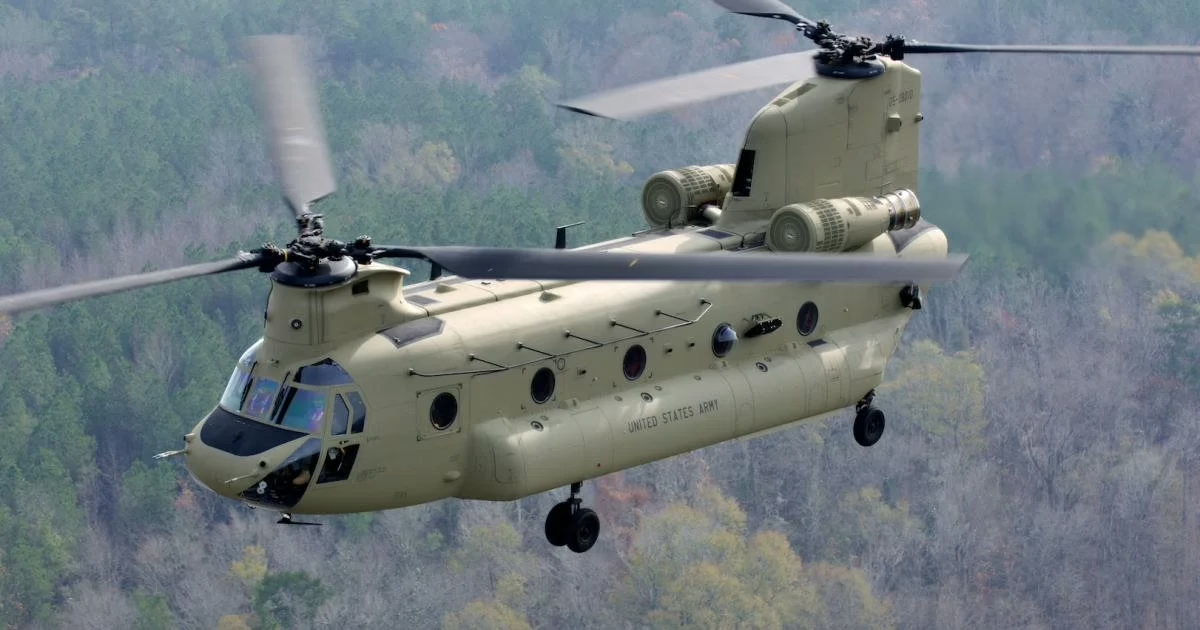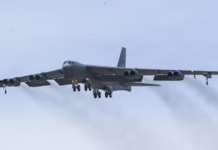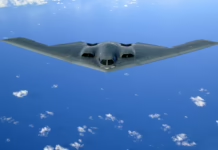The U.S. Army awarded Boeing a foreign military sales contract for 60 CH-47F Block II helicopters, modernizing Germany’s heavy-lift capabilities and strengthening NATO’s eastern defenses.
The U.S. Army has awarded Boeing Company a contract worth nearly $900 million to produce 60 CH-47F Block II cargo helicopters for Germany under a foreign military sales agreement. The new helicopters will replace the outdated CH-53G Sea Stallion currently flown by the Luftwaffe.
The contract represents a significant modernization of Germany’s heavy-lift rotary-wing capacity, providing enhanced capabilities for both the German Air Force and the North Atlantic Treaty Organization as a whole. Germany is one of the few countries outside the United States to have ever operated the CH-53, and heavy-lift helicopters remain a core asset of its armed forces.
According to Army Recognition, the Chinooks will be based primarily at Holzdorf and Laupheim on NATO’s eastern flank with Helicopter Wing 64, gradually phasing out CH-53 operations by 2030.
Germany maintains the largest single force in Europe’s shared defense network, and the investment in new equipment forms part of the alliance’s response to Russia’s invasion of Ukraine. The expansion of defense spending and industrial support across European nations has reached levels not seen in decades, driven partly by concerns about the reliability of American support under Donald Trump’s administration.
The new helicopters will serve a primary mission of rapidly transporting infantry, artillery, air defense and combat engineers across Europe between frontline positions. The aircraft can bypass damaged infrastructure or impassable roads and rail lines during wartime operations. Modern tactical helicopters provide rapid response capabilities that can prove decisive during dynamic conflicts.
Heather McBryan, vice president and program manager of Boeing Cargo Programs, commented after a U.S. Army order for more helicopters at the end of last year: “The CH-47F Block II’s increased payload capacity and expanded range enables [operators] to meet evolving heavy-lift mission requirements around the world.”
The CH-47F Block II represents the most advanced version of the nearly 70-year-old design. The first production series Block II flew in 2024, powered by two Honeywell T55-GA-714A turboshaft engines that are 20% more powerful, each producing 4,800 shaft horsepower. The Chinook can lift a 24,000-pound (10,886-kilogram) payload, and its cabin can accommodate up to 55 soldiers or 24 casualty stretchers.
The newest version features lighter and more rugged construction with composites and design improvements, along with advanced digital flight controls. The iconic tandem-rotor helicopter can fly as fast as 170 knots (310 kilometers per hour) and achieve a range of 460 miles (740 kilometers) with a service ceiling of 20,000 feet (6,100 meters).
The U.S. Army is reportedly developing an even higher power Block 3 upgrade in the coming years. The CH-47 is expected to serve until at least 2060, making it 100 years old by the time it is finally replaced.

Key Takeaways
- The U.S. Army awarded Boeing nearly $900 million to build 60 CH-47F Block II helicopters for Germany under foreign military sales.
- The new Chinooks will replace Germany’s aging CH-53G Sea Stallions and be stationed at NATO’s eastern bases by 2030.
- The CH-47F Block II features 20% more powerful engines producing 4,800 shaft horsepower each and can transport 55 soldiers or lift 24,000 pounds.
- Germany’s procurement reflects broader European defense modernization following Russia’s 2022 invasion of Ukraine.







